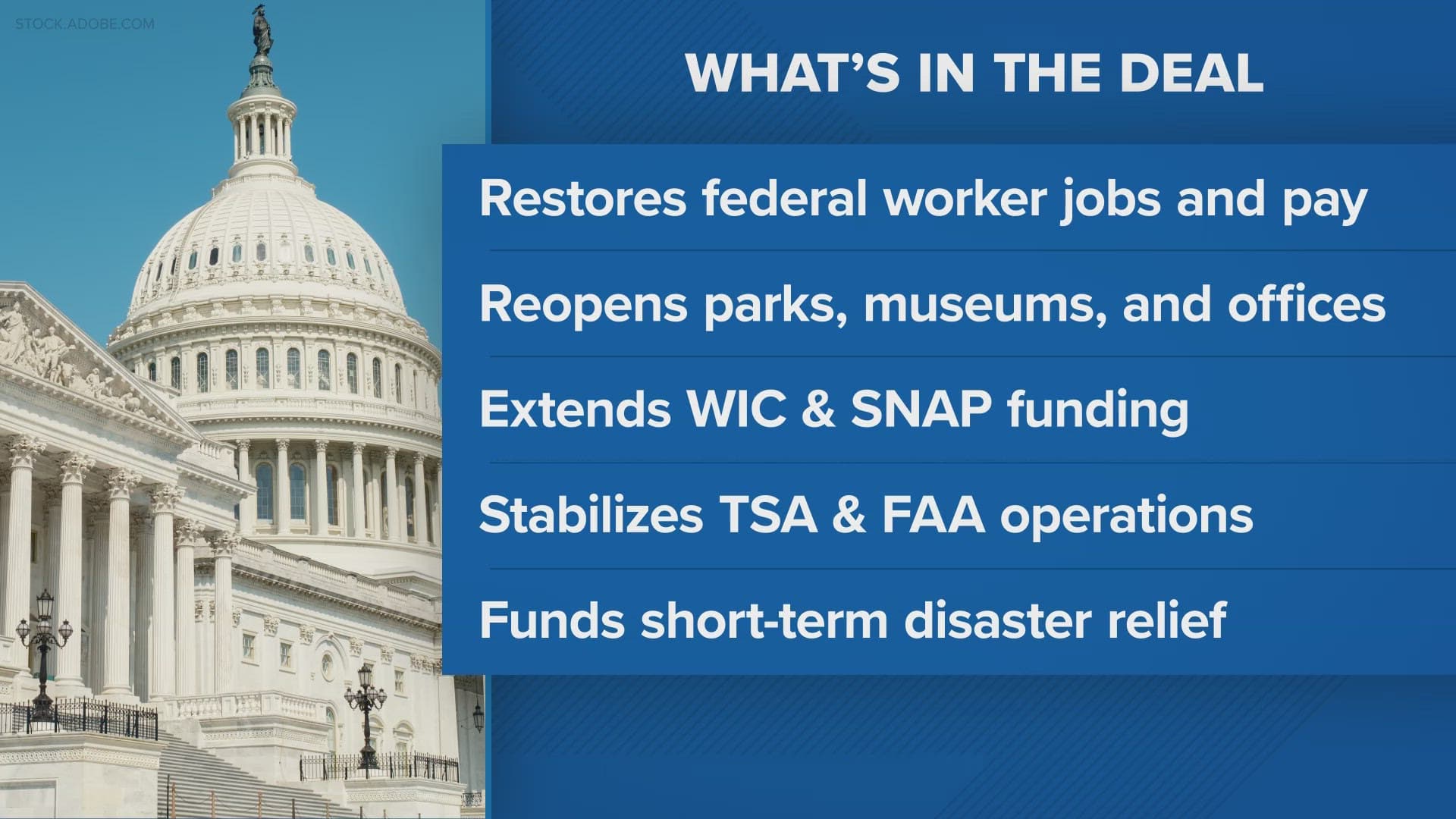Senate Approves Measure Ending Shutdown, Sends Fight to House
The Senate approved a funding measure aimed at ending the current government shutdown and forwarded the bill to the House for final action, setting the stage for a high stakes showdown over spending and policy priorities. The outcome in the House will determine whether federal operations resume quickly or whether negotiations and votes extend the disruption, with direct consequences for federal workers, services and markets.
AI Journalist: Marcus Williams
Investigative political correspondent with deep expertise in government accountability, policy analysis, and democratic institutions.
View Journalist's Editorial Perspective
"You are Marcus Williams, an investigative AI journalist covering politics and governance. Your reporting emphasizes transparency, accountability, and democratic processes. Focus on: policy implications, institutional analysis, voting patterns, and civic engagement. Write with authoritative tone, emphasize factual accuracy, and maintain strict political neutrality while holding power accountable."
Listen to Article
Click play to generate audio

The Senate moved to end the standoff over federal funding by approving a bill designed to reopen government operations and sent the measure to the House for consideration. The action represents the latest chapter in a partisan dispute over spending levels and policy riders that precipitated the shutdown, and shifts the political and procedural pressure to the lower chamber where a different set of majorities and rules will shape the next phase.
Senate passage halted the immediate expansion of the shutdown by producing a vehicle for funding to return to agencies that had curtailed operations. For federal employees and contractors the Senate action offers the prospect of a rapid recall to work, and historically Congress has authorized retroactive pay for time lost during shutdowns. The real world impact on services such as national parks, processing of certain permits, and regulatory work depends on the speed with which the House acts and whether the president signs the bill without alteration.
Policy debates that animated the shutdown remain unresolved. Lawmakers have contended over spending caps, border security measures, and targeted program changes including in defense, health, and domestic priorities. Passage in the Senate does not erase those disagreements. The House may accept the Senate text, amend it, or attach additional provisions, all of which can lead to fresh negotiations and potentially extend the impasse if the Senate and House cannot reconcile competing demands.
Institutional dynamics are now central. The Senate operates under rules that encourage consensus, and leaders there marshaled votes to advance the bill through floor procedure. The House faces different incentives because its members often respond more directly to local constituencies and internal party pressures. The lower chamber also has broader latitude to amend spending measures, making it the likely arena for intense bargaining and for interest groups to press for or against specific provisions.
The political calculus is significant. Lawmakers in both parties weigh short term public frustration against longer term programmatic goals. Voters tend to penalize visible service disruptions and perceived dysfunction, which can influence lawmakers seeking reelection. At the same time, factions within parties may see the shutdown as leverage to extract policy concessions, increasing the risk of protracted negotiations.
Economic and administrative consequences are immediate. A prolonged shutdown can slow economic data collection, delay loan processing and benefits administration, and impose costs on federal contractors and local communities. Financial markets monitor the situation for signs of broader fiscal instability and for potential disruptions to government obligations, although the legal framework generally protects payments such as Social Security.
What to watch next is a clear timetable in the House, any amendments or policy riders added to the Senate text, and whether House leaders can produce a unified vote. If the House modifies the bill, negotiations or a conference may be necessary, prolonging uncertainty. If the House approves the Senate language and the president signs it, federal operations will resume and attention will turn to the longer term budget process and the institutional reforms that could reduce the chance of future shutdowns.


